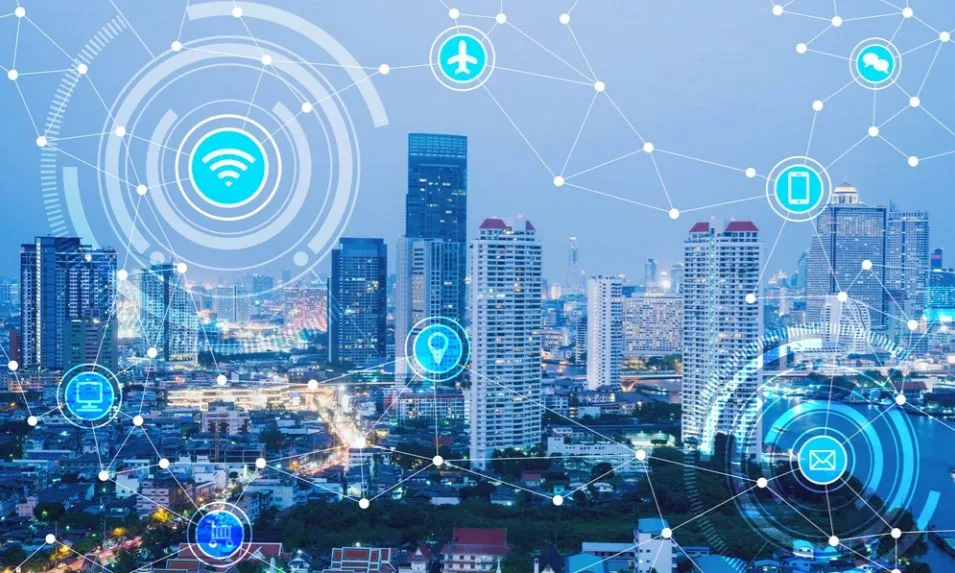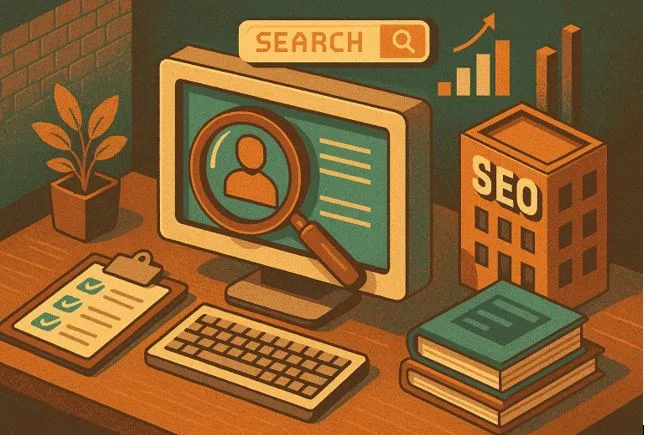The Rise of Smart Cities: How Tech Is Changing Urban Living
Urban life is transforming faster than ever. Across the globe, cities are becoming smarter, powered by real-time data, connected infrastructure, and integrated digital platforms that aim to solve long-standing problems like congestion, pollution, energy waste, and inefficient public services. This isn’t just about faster internet or more surveillance cameras. The rise of smart cities represents a shift in how urban areas are designed, managed, and experienced by everyday people.
At the heart of the smart city movement is a simple but powerful idea: when systems talk to each other, and when cities learn from data in real time, urban life becomes more efficient, more sustainable, and more livable. Solutions like automated mailroom management platforms are small but essential pieces in this growing ecosystem.
Defining the Smart City
Smart cities use technology to improve city services, streamline operations, and enhance the quality of life. Sensors, IoT devices, artificial intelligence, and machine learning are deployed to monitor everything from air quality and water usage to traffic flows and emergency services.
The result is a responsive urban environment that adapts to its residents’ needs instead of forcing people to adapt to outdated infrastructure.
What sets smart cities apart is their ability to integrate multiple domains, transportation, energy, governance, communications, and safety into a unified system. Rather than siloed departments managing each service independently, data flows between systems, giving city planners and administrators a clearer picture of what’s happening and what needs attention.
Urban Mobility Is Going Digital
Transportation is often the first domain where smart city technology becomes visible to citizens. Smart traffic lights, ride-sharing platforms, electric scooters, and predictive route mapping are changing how people move through cities.
Some of the most advanced cities are using AI to adjust traffic signals based on congestion patterns in real time. Others use data from mobile apps to improve bus and train schedules based on actual usage rather than fixed timetables. Intelligent parking systems can guide drivers directly to open spaces, cutting down on traffic and emissions.
For residents, the goal is convenience. For cities, it’s sustainability.
Benefits of intelligent mobility systems:
- Reduces traffic congestion and travel time
- Supports cleaner transport alternatives
- Enhances pedestrian and cyclist safety
- Makes public transit more accessible and reliable
Smart mobility doesn’t just ease commutes. It’s also a key strategy in reducing greenhouse gas emissions and making cities healthier.
Energy Efficiency at Urban Scale
Another central goal of smart cities is to reduce energy consumption and carbon output. Smart grids allow energy providers to balance supply and demand dynamically, reducing waste and lowering costs. Buildings equipped with connected sensors can adjust heating, lighting, and cooling based on occupancy and time of day.
Cities like Amsterdam and Singapore have adopted citywide energy dashboards that track consumption trends and help both the public and private sectors meet sustainability targets. These technologies also empower individuals to manage their own energy use through apps and smart home integrations.
The smart city model moves energy efficiency from an individual concern to a collective solution.
Digital Governance and Civic Engagement
Beyond infrastructure, smart cities are also changing how governments interact with residents. From mobile apps that let citizens report potholes or request services, to open data dashboards that share city performance metrics, digital governance tools are building transparency and trust.
City administrators are adopting platforms that enable participatory budgeting, digital voting, and public feedback on urban development plans. These systems make government feel more immediate and accessible, especially to younger, digitally native populations.
For smart cities to succeed, technology must serve citizens, not just bureaucracies. The goal is to create a two-way relationship where residents are not just consumers of services, but contributors to how cities evolve.
Smarter Spaces for Growing Populations
As urban populations grow, managing shared spaces efficiently becomes a critical issue. Smart building technologies are enabling better control of office occupancy, lighting, and air quality. In residential and mixed-use buildings, digital access systems are reducing friction for tenants and improving safety.
One often-overlooked challenge is the increasing volume of deliveries in apartment complexes, universities, and office buildings. E-commerce has turned mailrooms into logistical choke points. Forward-thinking developments are adopting software that supports streamlined parcel operations to automate the logging, notification, and pickup process for incoming packages.
When integrated with other building systems, these tools provide more than just convenience:
- Reduce congestion and waiting times at mailrooms
- Increase security and accountability for delivered items
- Free up administrative staff to focus on tenant service
- Offer digital records for auditing and analytics
Smart parcel management tools also reduce resource waste. Buildings that use structured delivery systems have fewer lost packages, lower reshipping rates, and better sustainability outcomes by cutting down duplicate deliveries.
To see how this works in practice, this short video offers a real-world look at how smarter parcel workflows contribute to better building operations in smart cities.
Data Privacy and Ethical Design
The rise of smart cities isn’t without concerns. As more data is collected from traffic sensors, utility meters, and personal devices, the need for strict privacy protections becomes critical. Citizens must know what data is being gathered, how it is used, and how it is protected.
Cities leading the way in ethical smart design are building privacy and equity into their frameworks from the beginning. That includes:
- Publishing clear data governance policies
- Minimizing surveillance and facial recognition use
- Offering opt-in rather than mandatory systems
- Including community voices in planning and procurement decisions
Technology should support human needs, not override them. The most successful smart cities will be those that prioritize equity and ethics alongside innovation.
What the Future Holds
Smart cities are not a distant future vision. They are already here—in various stages of development, reshaping how we interact with our neighborhoods, services, and governments. From AI-managed intersections to digitized civic engagement, these technologies are quietly but profoundly changing urban life.
As infrastructure becomes more connected, cities will be able to respond faster to challenges, plan more intelligently, and create more inclusive experiences for all residents.
The next step will be expanding access to these innovations beyond capital cities and wealthy urban cores. Truly smart cities are ones that work for everyone, not just those in the most connected districts.
Final Thought
The rise of smart cities isn’t about cities getting more digital for the sake of it. It’s about creating places that are safer, cleaner, more efficient, and more responsive to the people who live in them. Whether it’s reimagining how we commute, how we manage buildings, or how we engage with public institutions, the goal is a better urban life. The smart city is not just about sensors and screens, it’s about smarter systems that make room for human needs.





